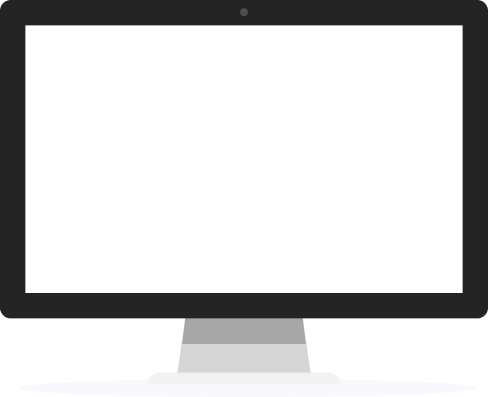Requirement Gathering: The tool used for requirement gathering purposes is the Requirement Analysis Question Set (RAQS) which is distributed to certified Key Users. Answers to RAQS questions are prepared and submitted digitally to the next4biz project team by whom they are compiled and consolidated.
Project Kickoff: The project kickoff is a significant meeting that marks the official initiation of rollout project activities. It is a jump-off point for all members of the project team, both from your organization and next4biz. During the meeting responses to the RAQS are reviewed and the draft project plan shared is divulged.
Project Requirement Analysis: During this activity the Project Analysis Document (PAD) is prepared on the basis of responses to the Requirement Analysis Question Set and additional information gathered during project kickoff. PAD provides the basis and determines the scope of further analysis and design, including customer data requirement analysis and integration requirements analysis.
Customer data requirement analysis: Based on the scope defined by the Project Analysis Document, the data structures for storing CRM/CSM related data and master data are determined and defined. Existing built-in next4biz data elements are matched with your requirements, while new data elements required for the solution are identified. The identified customer data elements are either mapped to the user interfaces or to external systems that will be supplying the data.
Integration Requirements Analysis: In this activity each system slated for integration is assessed from a technical standpoint to ascertain the appropriate technologies, methods, scope, and structure for establishing an interface that facilitates inter-system communication. The results of the analysis are documented in a comprehensive Integration Plan.
Solution Design: This is the activity that brings together the results of data analysis and integration analysis as a Solution Design (SD) document which sets forth the implementation and customization roadmap.
Reporting Requirements Analysis: next4biz CRM/CSM boasts an extensive library of built-in reports that can readily fulfill many of your reporting needs. In this activity your reporting requirements that are satisfied by next4biz filter and reporting fields are identified. All remaining requirements are analyzed and earmarked as implementation targets.
Solution design review: In this meeting, the next4biz team presents the solution design to senior management of your organization responsible for the project. The design is given a final review and minor adjustments are made if necessary to bring the design in to its final form.
